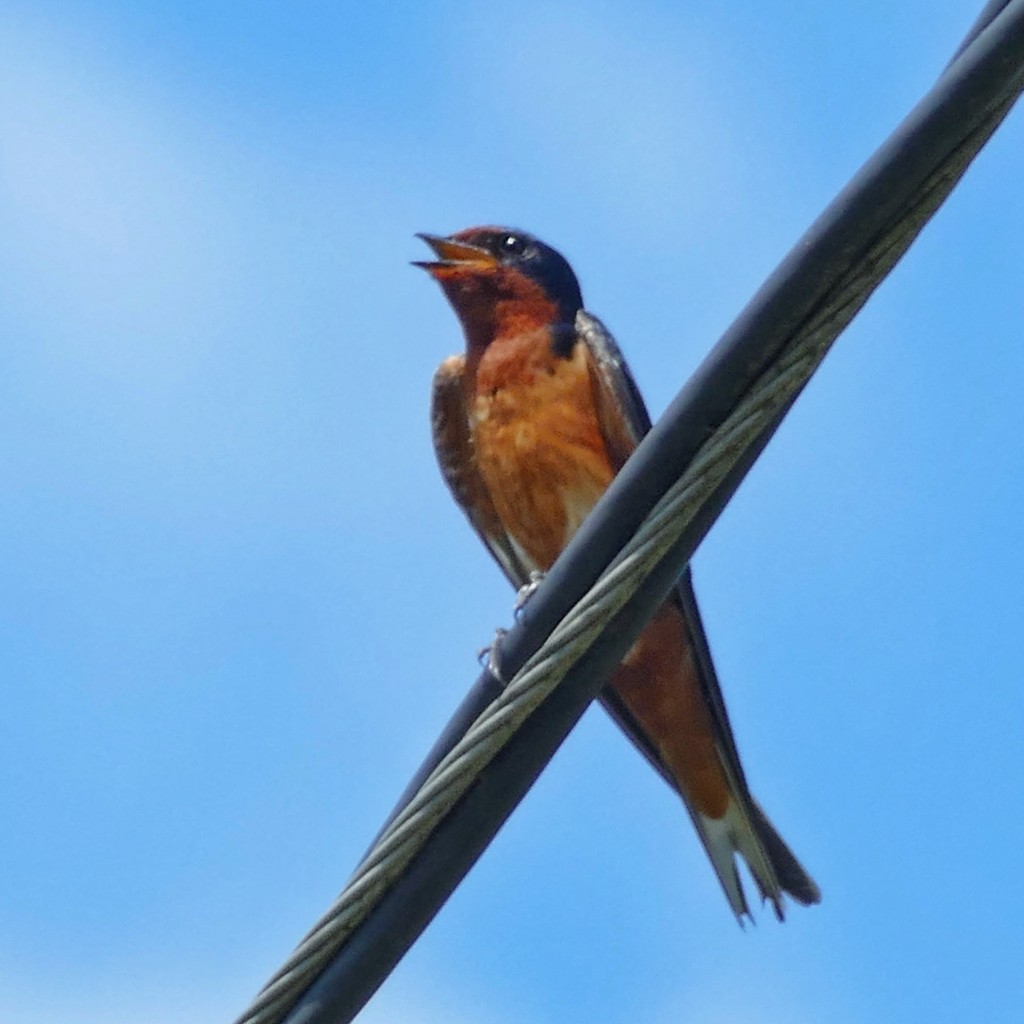
I’m back from my first trip in a year and a half. It was nice enough to be out and about again that even the plane rides seemed nice. My fellow travelers may have felt the same since everyone was pleasant, which is not the first word I would have used for people in airports and planes the last time I flew.
I started to say that I’m home from my trip, but I was home where I was, too. Partly because I was staying in my own house, but also because I got to see two of my kids, and because I got to see good friends, and because I was in a place that has always felt like home to me, even the first time I went.
My family was not big on refrigerator magnets, but a few funny ones given as gifts accumulated over the years, mostly about wine, cats, or grammar. I think that one of them was the Robert Frost quote “Home is the place where, when you have to go there, they have to take you in,” which may have been something my sister gave my parents, but my whole memory of this may be off. Regardless, it’s how I would describe my parents’ home after I left to go to college. I moved back there for a few weeks after I left school and before I found a job with housing, but aside from a couple of holidays during college (after my first year I lived in apartments, not dorm rooms, so I didn’t have to move out during winter and summer breaks), and staying there sometimes when my father was sick and then dying, I didn’t go back to stay. I lived close enough to visit for a meal, but far enough to make that inconvenient to do often.
I would also, as I just did, describe it as “my parents’ home.” Partly because where they lived by the time I moved back to the general area where I grew up was not a place I ever lived with them, and partly because, well, it wasn’t my home. At that time in my life, in my early twenties, I lived in a house on the farm where I worked, and had parents and a sister who lived in houses in the city where I grew up less than two hours away, but I didn’t have a heart home. My high school friends were mostly no longer living in the area. I had just left college, and my friends there. I pretty well ran away from that place and those people in an effort to get away from the inside of my head, which inconveniently came along with me. An excellent idea for me then would have been therapy, but that wasn’t even on my radar. A few years later I would find it was much less difficult to tell my mother that I had a girlfriend than to tell her I had a therapist.
Where I live now is very much home. Though it is a place that was once also home for my kids, I know they all have their own places they call home now, and this house is that awkward combination of “mom’s house” and “that place where I lived through everything I had to live through as a teenager” and whatever else our dwellings from the past come to mean to us. It’s hard to go back to a place where the very smells and sounds seem to suck you back into playing a role that never really fit and that you don’t have to play in your adult life. I love it when my kids visit, but I think even more I love to go see them in their current lives where they are their current selves.
It’s thirty years later than when I had a homeless heart, and now I have a heart home made up of a lot of parts. Rose, our kids. Dogs, horses, cats. Places that I love. Myself. That’s probably the biggest change from my early twenties: whevever I go, there I am has a whole different meaning now. If I don’t carry my home on my back, I carry it in my heart, and I can make the shelter I need out of the tools I have available wherever I am.

























